hillside gardening - plants / terracing?
gam00
18 years ago
Featured Answer
Comments (32)
calistoga_al ca 15 usda 9
18 years agolast modified: 9 years agoRelated Professionals
Washington Landscape Architects & Landscape Designers · Gainesville Landscape Contractors · Mastic Beach Landscape Contractors · West Covina Landscape Contractors · Placentia Swimming Pool Builders · Santa Clarita Swimming Pool Builders · Santa Paula Swimming Pool Builders · South Riding Swimming Pool Builders · Visalia Swimming Pool Builders · Coral Gables Window Contractors · Indian Creek Window Contractors · Manville Window Contractors · Marshfield Window Contractors · Sugarland Run Window Contractors · Discovery Bay Window ContractorsBob_B
18 years agolast modified: 9 years agocatkim
18 years agolast modified: 9 years agoyoureit
18 years agolast modified: 9 years agohoovb zone 9 sunset 23
18 years agolast modified: 9 years agogam00
18 years agolast modified: 9 years agocalistoga_al ca 15 usda 9
18 years agolast modified: 9 years agogam00
18 years agolast modified: 9 years agolunita
18 years agolast modified: 9 years agogardenguru1950
18 years agolast modified: 9 years agocleatscrea
18 years agolast modified: 9 years agoarvind
18 years agolast modified: 9 years agosumcool
18 years agolast modified: 9 years agomats
18 years agolast modified: 9 years agosumcool
18 years agolast modified: 9 years agoscrub_sage
18 years agolast modified: 9 years agoarvind
18 years agolast modified: 9 years agoBecR
18 years agolast modified: 9 years agohabitat_gardener
18 years agolast modified: 9 years agoray1961
18 years agolast modified: 9 years agorosanne4153
17 years agolast modified: 9 years agoslave2thefur
17 years agolast modified: 9 years agoscrub_sage
10 years agolast modified: 9 years agohosenemesis
10 years agolast modified: 9 years agoscrub_sage
10 years agolast modified: 9 years agohosenemesis
10 years agolast modified: 9 years agoInterior imagination
9 years agolast modified: 9 years agomissingtheobvious
9 years agolast modified: 9 years agodevolet
9 years agolast modified: 9 years agodevolet
9 years agolast modified: 9 years agoHU-127829873
2 years ago
Related Stories
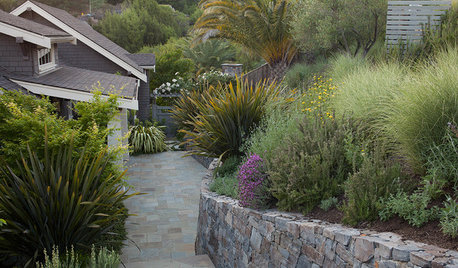
INSPIRING GARDENSSmart Plantings Grace a Hillside Garden
Fire-wise and low-water plants create a lush backdrop for bocce playing, swimming and hanging out by the fire
Full Story
LANDSCAPE DESIGNThis Hillside Garden Succeeds on Multiple Levels
Once a kids’ playspace, this terraced backyard now has a hot tub, dining area and other lounging spots for grown-up fun
Full Story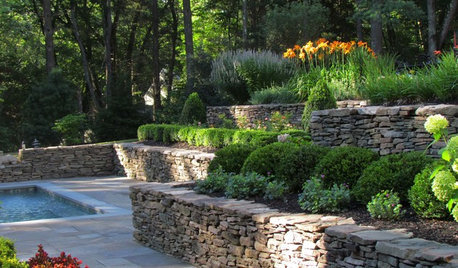
GARDENING AND LANDSCAPINGStep Up Your Garden Game With Terraced Plantings
We're going to level with you: Slopes in the landscape can be tricky. Use these ideas to create balance and harmony in your terraced beds
Full Story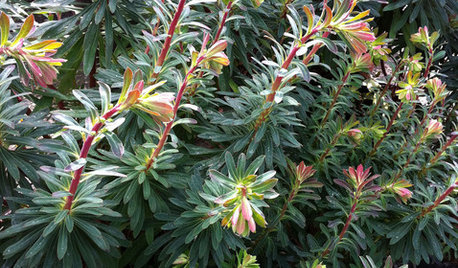
GARDENING GUIDESGreat Design Plant: Euphorbia
The daring colors and low water needs of this tropical plant make it a favorite for injecting life into tired landscapes year-round
Full Story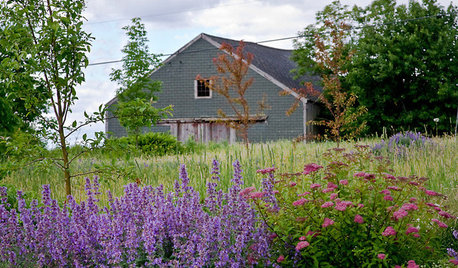
GARDENING AND LANDSCAPINGLandscape Tour: Two Acres of Rural Hillside in Maine
An orchard of crab apples, a grove of sugar maples, even a hayfield ... pastoral landscape beauty doesn't get more idyllic than this
Full Story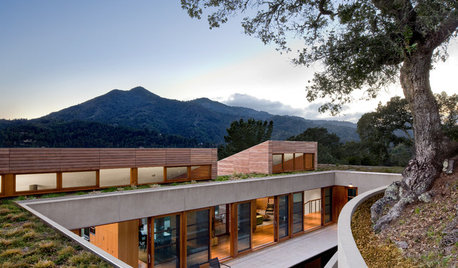
MODERN ARCHITECTUREVisit a California Hillside House Rooted in Nature
Walls of windows open to stunning mountain and bay views on one side and a serene pool courtyard on the other
Full Story
ARCHITECTUREHow to Artfully Build a House on a Hillside
Let your site's slope inspire your home's design, rather than fight it
Full Story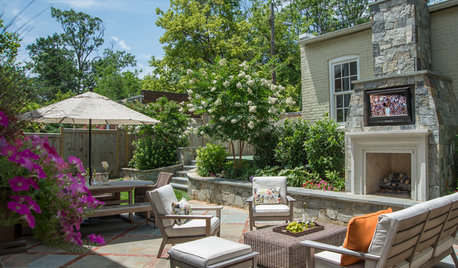
PATIOSTerraces, New Plantings and Basketball Transform a D.C. Backyard
Bluestone and brick surfaces, a fireplace, a green-and-white plant palette and a new sports court suit a family’s outdoor lifestyle
Full Story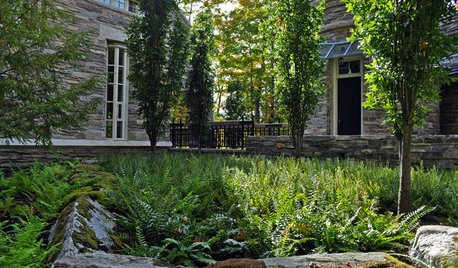
GARDENING GUIDESGreat Design Plant: Woodland Garden Beauty Polystichum Acrostichoides
Eastern U.S. native Christmas fern is a living decoration in the winter woodland garden
Full StoryMore Discussions






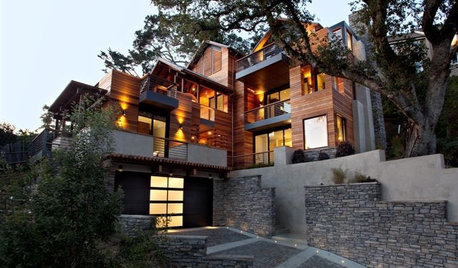
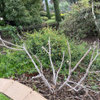
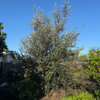
gardenguru1950